Ancho peppers. They look like wrinkled, dark red chilies lounging in a spice market, quietly smirking as if they know something you don’t. And guess what? They probably do — like how hot they really are. If you’ve ever stared at a bottle of ground ancho or picked one up from the bulk bin wondering just how spicy it is, this guide is your chili decoder ring. We’re diving deep into ancho pepper Scoville units, exploring everything from heat levels to flavor profiles and how to use them like a pro.
Table of Contents
- What Is an Ancho Pepper?
- The Scoville Scale: Spice’s Secret Language
- Ancho Pepper Scoville Units: Mild or Wild?
- Heat Comparison: Ancho vs. Other Peppers
- Flavor Profile: Sweet, Smoky, and Subtle Heat
- Cooking with Ancho Peppers: Tips & Tricks
- Buying Guide: Choosing the Best Ancho Peppers
- Conclusion: The Mildly Majestic Ancho
What Is an Ancho Pepper?
Ancho peppers are simply dried poblano peppers — yes, that’s right! When a fresh green poblano matures, turns red, and gets left out to dry, it becomes the ancho we all love (or sometimes fear). Known for their wrinkled appearance and deep mahogany color, anchos are the foundation of many Mexican dishes, especially moles.
But here’s the kicker: even though they look intense and kind of ominous, they’re actually quite gentle on the heat scale. That doesn't mean they lack character, though. In fact, they bring more than just heat to the table — but we’ll get into that later.
The Scoville Scale: Spice’s Secret Language
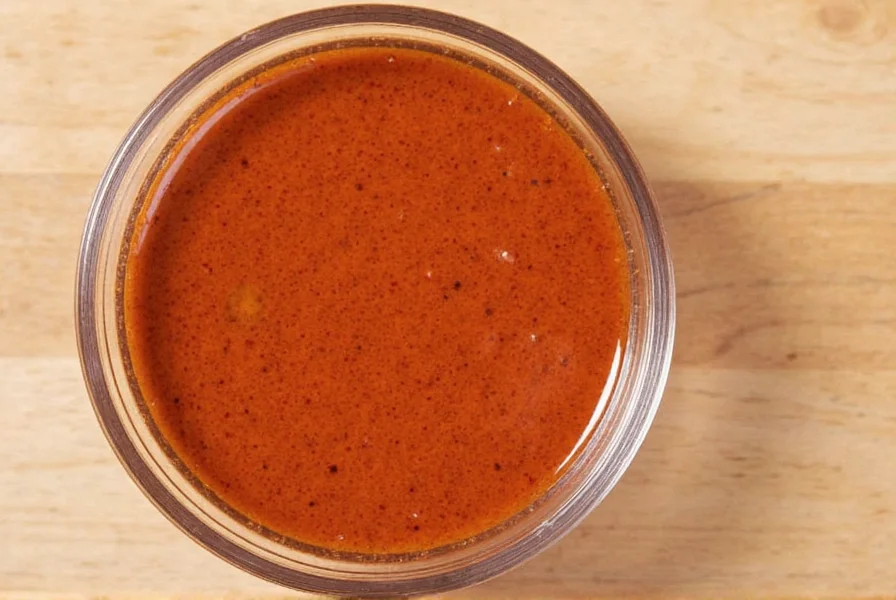
Before we talk numbers, let’s brush up on what the Scoville scale actually measures. Created by pharmacist Wilbur Scoville back in 1912, this scale assigns a unit value — called Scoville Heat Units (SHU) — to different chili peppers based on how much capsaicin (the compound responsible for spiciness) they contain.
The higher the number, the hotter the pepper. For reference:
- Pepperoncini: 100–500 SHU
- Jalapeño: 2,500–8,000 SHU
- Habanero: 100,000–350,000 SHU
- Carolina Reaper: Over 1,500,000 SHU
So where do anchos fall in this fiery lineup? Let’s break it down.
Ancho Pepper Scoville Units: Mild or Wild?
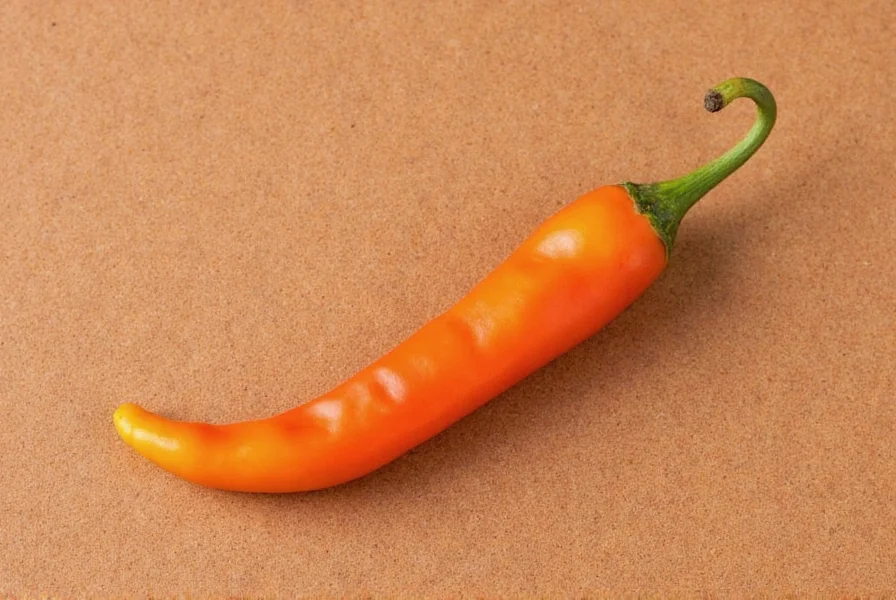
Ancho peppers range from about 1,000 to 2,000 Scoville Heat Units. That places them firmly in the “mild” category — making them perfect for those who want a little kick without setting their mouths on fire.
To put this into perspective: an average jalapeño clocks in around 5,000 SHU, so anchos are roughly 3 to 5 times milder. That said, the heat can vary depending on factors like growing conditions, drying methods, and whether you include the seeds or not (hint: remove them for less heat).
Heat Comparison: Ancho vs. Other Peppers
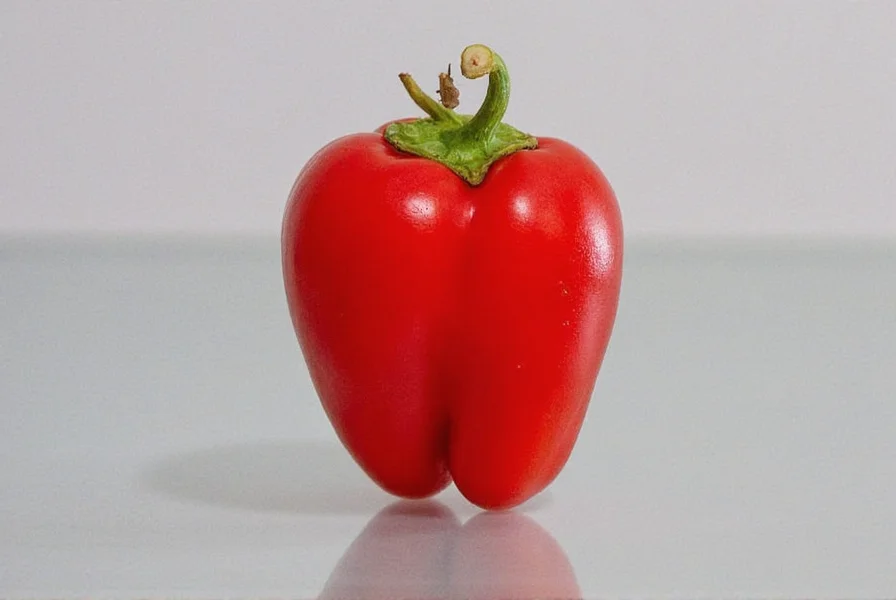
| Pepper | Scoville Heat Units (SHU) | Typical Use |
|---|---|---|
| Ancho | 1,000–2,000 | Mole sauces, soups, stews |
| Jalapeño | 2,500–8,000 | Salsas, nachos, pickling |
| Guajillo | 2,500–5,000 | Sauces, marinades, tacos |
| Cayenne | 30,000–50,000 | Spice blends, hot sauces |
| Hatch Green Chile | 1,000–8,000 | Enchiladas, rellenos, salsas |
As you can see, ancho peppers sit comfortably next to mild peppers like Hatch green chiles, but with a sweeter, more complex flavor profile. This makes them versatile enough for both beginners and seasoned spice lovers.
Flavor Profile: Sweet, Smoky, and Subtle Heat
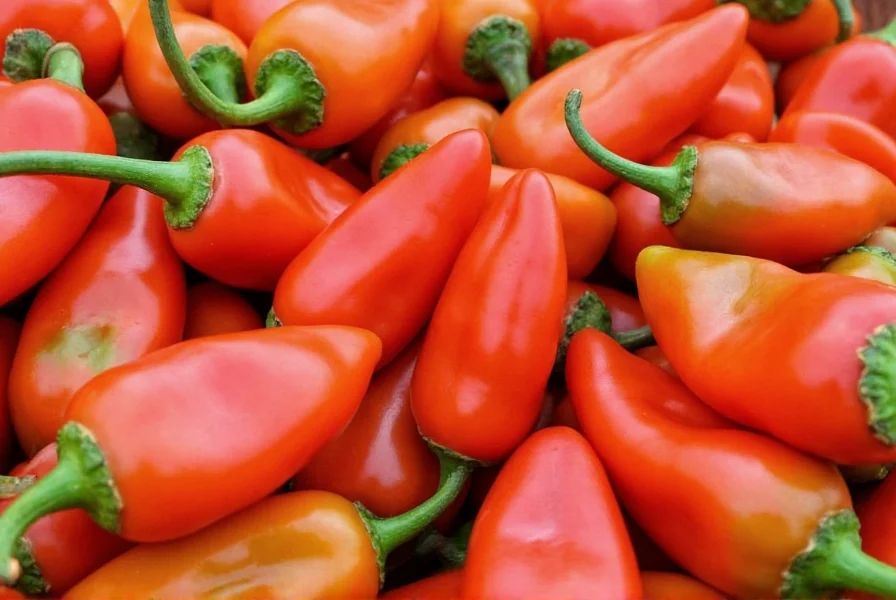
If heat were the only measure of a chili’s worth, anchos wouldn’t be nearly as popular. But they’re not just about low Scoville units — they bring a ton of flavor to the party.
Tasting notes:
- Earthy sweetness with hints of prune and raisin
- Smoky undertones reminiscent of campfire
- Mild chocolate-like depth when toasted
- Balanced acidity that brightens sauces
This unique flavor combo makes anchos ideal for rich, slow-cooked dishes where complexity matters more than raw heat. Think mole poblano, enchilada sauce, or even as a rub for grilled meats.
Cooking with Ancho Peppers: Tips & Tricks
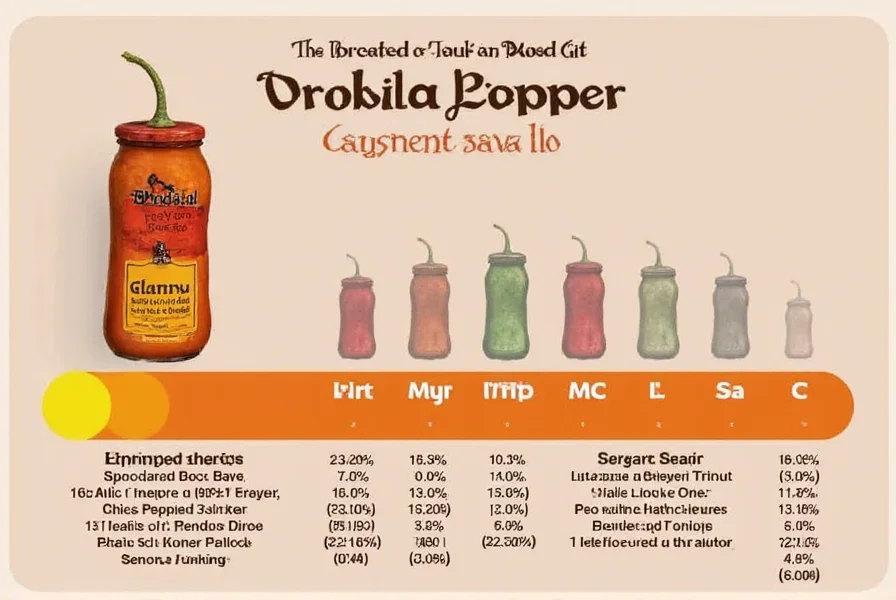
Cooking with anchos can be incredibly rewarding — once you know how to handle them. Here are some tried-and-true tips:
1. Remove Seeds and Veins
Want to keep things mild? Always remove the seeds and white membranes inside the pepper. These contain most of the capsaicin, so taking them out cuts down on heat while preserving flavor.
2. Rehydrate Before Using
Since anchos are dried, they need a quick soak before using. Simply place them in a bowl and pour over hot water or broth. Let them soak for 20–30 minutes until soft and pliable. Don’t throw away the soaking liquid — it’s packed with flavor and great for soups or sauces!
3. Toast for More Depth
Toast whole dried anchos in a dry skillet over medium heat for a few minutes until fragrant and slightly darker. Be careful not to burn them. This step brings out the natural oils and intensifies the earthy flavors.
4. Blend into Sauces
After rehydrating, toss anchos into a blender with garlic, onions, spices, and a bit of the soaking liquid to make a smooth base for enchilada sauces, mole, or salsas.
5. Use Ground Ancho for Convenience
If you're short on time, reach for ancho powder. It's easy to store and works well in spice rubs, marinades, or even sprinkled into soups for a flavor boost.
Buying Guide: Choosing the Best Ancho Peppers
Whether you're buying dried whole peppers or ancho powder, quality matters. Here’s how to choose the best ones:
Whole Dried Anchos
- Appearance: Look for plump, flexible peppers with deep reddish-brown color. Avoid brittle, cracked ones — they’re too old and may have lost flavor.
- Smell: They should smell earthy, slightly sweet, and faintly smoky. Avoid any that smell musty or overly bitter.
- Texture: Soft to the touch after proper storage. Fresh-dried anchos will give slightly when pressed.
Ancho Powder
- Packaging: Choose products in sealed containers or vacuum-packed bags to preserve freshness.
- Label: Ensure it’s 100% pure ancho chili powder, not a seasoning blend with added salt or fillers.
- Color: Should be deep burgundy or dark red. Pale powder means it’s likely old or low quality.
Top Product Picks
| Product | Features | Best For |
|---|---|---|
| La Flor Dried Ancho Peppers | Natural drying process, no additives, organic-certified | Homemade mole and sauces |
| McCormick Ground Ancho Chili | Fine grind, consistent texture, brand trusted for decades | Quick spice rubs and marinades |
| Goya Whole Ancho Chilies | Firm yet pliable, bold color, strong aroma | Traditional recipes and rehydration |
| Rancher’s Reserve Organic Ancho Powder | Organic, non-GMO, small-batch production | Health-conscious cooks |
Conclusion: The Mildly Majestic Ancho
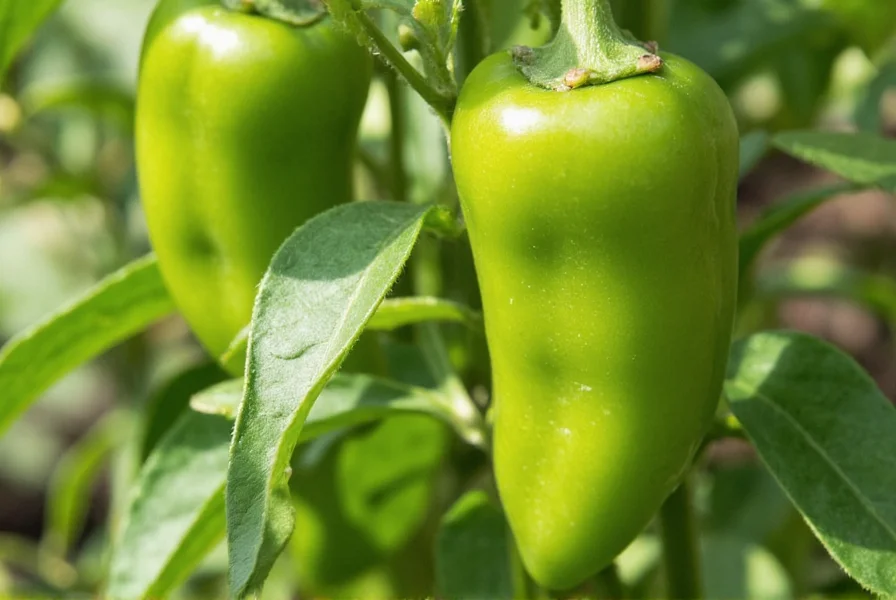
Ancho peppers may not light your mouth on fire like a ghost pepper, but they offer something far more valuable: depth of flavor, versatility, and just the right amount of heat. With Scoville ratings between 1,000 and 2,000, they're a fantastic entry point for newcomers to the world of dried chilies, and a staple ingredient for pros who appreciate nuanced spice.
Whether you're simmering up a classic mole, blending a vibrant enchilada sauce, or adding a subtle kick to your barbecue rub, anchos deserve a spot in your pantry. So next time you see those wrinkled red beauties staring back at you, remember — looks can be deceiving. They might not be the hottest in the room, but they sure know how to steal the show.

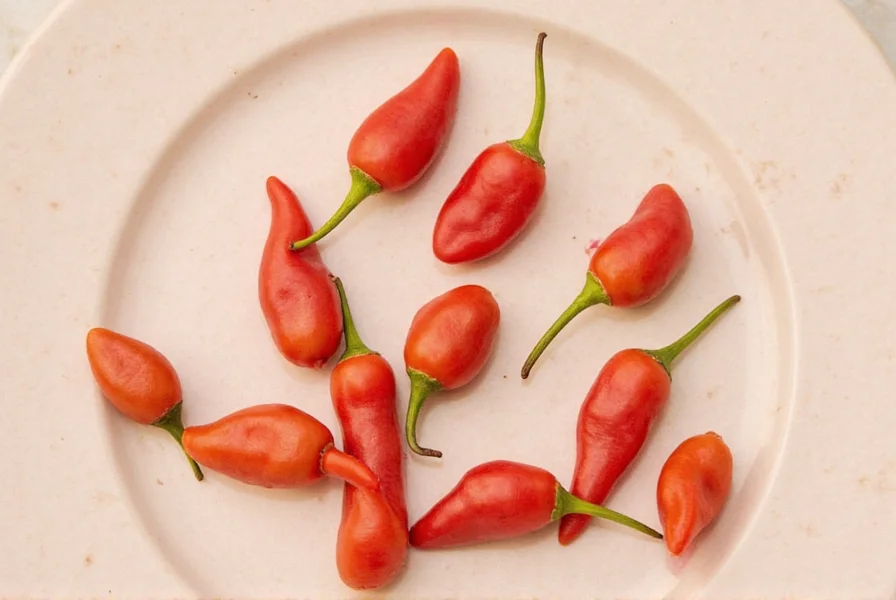









 浙公网安备
33010002000092号
浙公网安备
33010002000092号 浙B2-20120091-4
浙B2-20120091-4